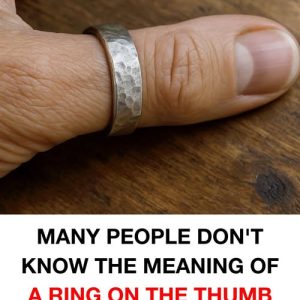The WC symbol—short for “Water Closet”—is a small but globally recognized marker found on restroom doors everywhere. Whether you’re in a bustling airport or a quiet countryside café, those two letters signal a universal human need: where to find a toilet. Yet, few ever stop to consider what the letters mean or how they came to represent such an essential facility.
The term “water closet” emerged in the 19th century, during the early days of modern plumbing in Europe. It referred to a small room that housed one of the newest domestic luxuries: a flushing toilet connected to running water. At the time, indoor toilets were rare and only found in affluent homes.
Before the invention of water closets, people relied on chamber pots or outhouses—methods that were far from sanitary or convenient. As cities became more crowded, the need for better waste management became urgent. The introduction of sewage systems and improved plumbing in the 1800s marked a major turning point in urban hygiene.
As flush toilets became more accessible and affordable, their use spread rapidly across Europe and eventually the world. The term “WC” remained in use even as other regional terms emerged, such as “toilet,” “restroom,” or “bathroom.” In many countries today, “WC” still appears on signs in public spaces due to its international familiarity.
This simple abbreviation reflects a long journey of technological innovation and changing social norms. It also highlights the shift in how societies began to prioritize cleanliness, privacy, and public health.
Interestingly, the water closet was once a symbol of status. Today, it’s an expectation in every home, business, and public building—proof of how essential proper sanitation has become.
Though “WC” might appear like an outdated or quirky label, it’s actually a reminder of how far we’ve come. From open pits to pressurized pipes, our relationship with hygiene and waste management has evolved drastically over the centuries.
So, the next time you see “WC” on a door, remember it’s more than just a sign—it’s a symbol of global progress, human dignity, and the shared necessities that unite us all.




